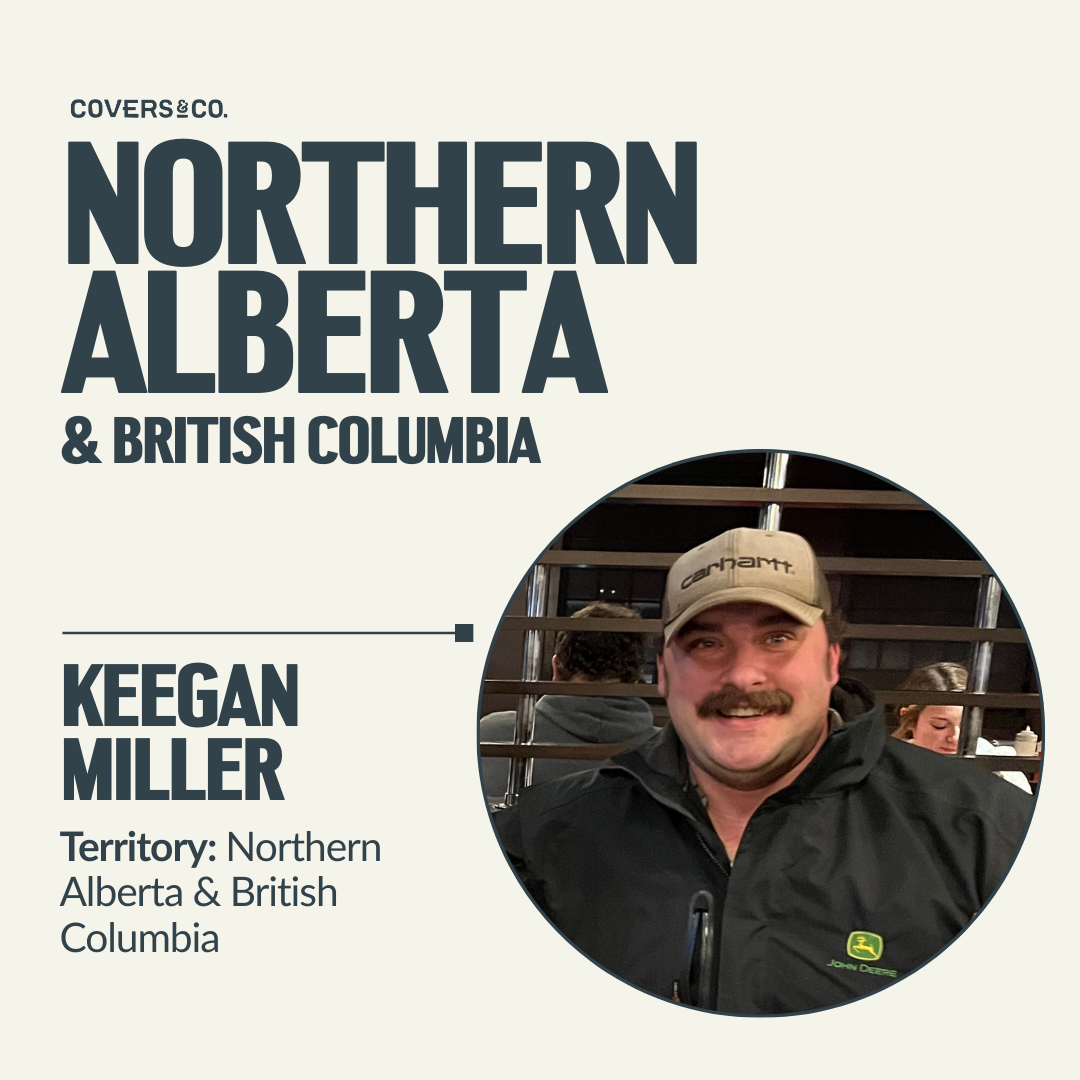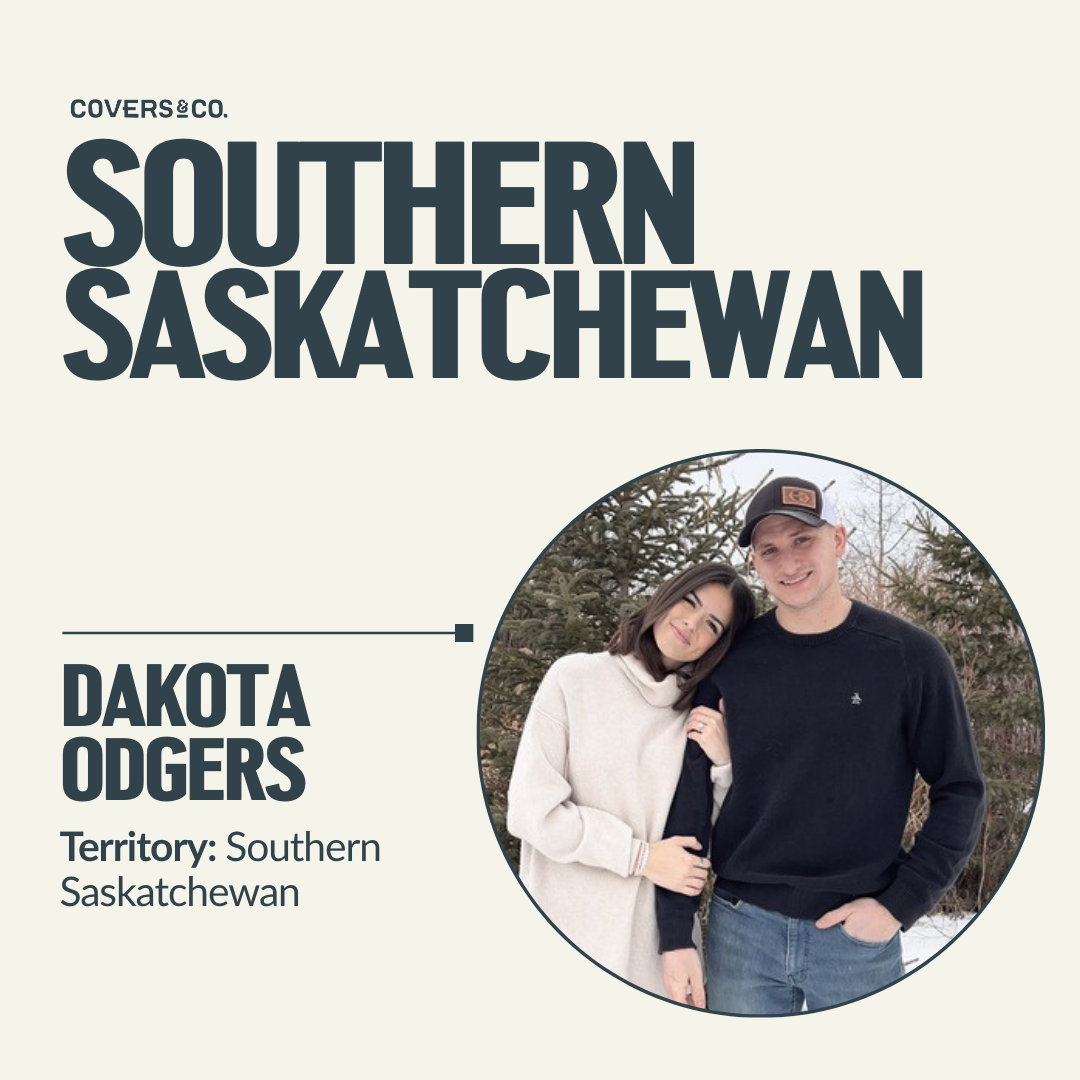plant Diversity Co.
Hay Cover: heavy Land
The Perennial Hay Blend For Heavy Land
The Perennial Hay Blend For Heavy Land
This blend is designed to maximize biomass production on heavy land. The diversity of water-tolerant legumes ensures that nitrogen & protein is produced under various conditions. The blend is winter hardy and designed for 2 cuts of hay plus late fall grazing.
This blend is designed for a perennial forage option when sowing on heavy land. Increased regrowth due to Red Clover.
Seeding Rate: 15 Ibs/acre
SKU: 50 Ib bag
Inoculant: Legumes are pre-inoculated
FCC Financing is now available for 2025-2026 seed purchases.
See below for the most frequently asked questions regarding our Perennial Hay Covers
The largest difference between the Light Land Cover and the Heavy Land Cover is the composition of alfalfa, with 50% being present in the light land and 30% being present in the heavy land. The high composition of alfalfa in the Light Land Cover is present due to increased alfalfa rates being ideal for regrowth where water is the limiting factor.
The Heavy Land Cover has reduced alfalfa composition but has the addition of red clover, which adds the valuable legume component that grows well under high moisture conditions. The increased grass component in the heavy land blend is done as grasses have a greater regrowth potential where water is not the limiting factor.
Perennial hay can be established with or without a companion crop. Benefits to using a companion crop such as the Full Season Cover, can aid in suppressing weeds, retention of soil moisture and providing a canopy for shelter for low-growing perennial plants in the year of establishment. If using a companion crop, it is best practice to reduce your seeding rate to 2/3 to allow perennial plants adequate space to become established and reduce competition.
By not seeding the companion crop, you allow plants to have no competition from the companion crop in their year of establishment but do lose a year of production from that field. It comes down to the context of what works best for your farm.
For fertilizer recommendations, it is best to soil test your fields to get the best use out of any application. Although fertilizer is not required, it may help in some instances. It is very important with any fertilizer application that we make sure we are not placing the fertilizer in high levels next to the seed, as this will increase the possibility of seedling damage. Phosphorous and Potassium can improve plants' ability to establish quickly in the soil and increase winter survivability.
If planting with a companion crop, it is best to base your nitrogen fertilizer recommendations on the level at which you are planting a companion crop. Do not to exceed 40 lbs of N actual and 10 lbs of P actual. For the following years, it is best to establish a plan for what uses you have for the crop, such as hay or pasture, and work towards the goals and outcomes of the crop.
Spring seeding is a popular establishment practice across the Canadian prairies. (increased growing days, available moisture from spring melt). Summer seeding is also an option to establish perennial hay stands, but it comes down to the context of your situation. If good soil moisture is available and the field is in good condition, summer seeding is also a valuable option.
Frost seeding is a practice in which a producer seeds in late fall or early winter, and the seed will not germinate until the following spring. Doing so allows the perennial seeds to start capturing the maximum amount of sunlight and water beginning the following spring.
The recommended seeding depth for perennial hay blends is ¼” to ½” in most soils or up to 1 inch in depth if you are dealing with very light sandy land.
In the year of germination, perennial plants are expected to be low-growing and vegetative but not a source of feed or grazing. The essential component is allowing those plants to develop their root systems properly and put on available biomass late into the growing season to be in healthy condition to enter their first year of production the following spring.
In the first year of establishment, it is best to practise if seeded with a nurse crop to cut the nurse crop at an earlier stage to allow for maximum regrowth of the perennial plants. Cutting early opens the canopy for the perennial forages to capture sunlight and water and establish the root system.
If seeded without a nurse crop, allow plants to grow fully throughout the growing season.
It is best practice not to graze regrowth in the year of germination to allow plants to properly develop their root systems and put on available biomass late into the growing season.
Yes, you can graze after the initial cutting. It is best practice to allow plants to mature as much as possible before grazing regrowth. Producers should look to avoid over-grazing regrowth of hay land as this may negatively impact future crops. If a producer is concerned with a high legume component of alfalfa in their regrowth, it is best to wait for hard-killing frost and 10 days past to place cattle on the hay land unless the alfalfa has already flowered.
Connor says giver shit and alfalfa is bulletproof if its full flower.
Maturity levels play a significant role in the risk of bloat with alfalfa. When alfalfa is at full maturity (flowering or setting seed) it is at a very low risk for bloat issues. If the alfalfa plant has not hit the flowering stage yet, it is at a higher risk for bloat, but it can be utilized at very high rates with intensive management.
Yes, it is safe to graze after a frost. If a significant component of alfalfa is present and bloat is a concern, it is best to wait 10 days before grazing after a hard-killing frost.
Species that work well in saline areas are often perennial plants. Perennial plants most often have a higher EC (electrical conductivity), which means they have a higher tolerance to establish and grow in saline areas. Grasses often have a higher EC tolerance, with plants such as Wheatgrasses, Russian Wild Rye, and Salt-Tolerant Alfalfa having good success surviving in saline areas. These plants will look to compete with weeds in saline areas and cycle the salts throughout the soil profile with a living root.
Consider sowing our Salinity Cover if these conditions are present.
See below for some general information regarding each plant species in the blend.
Plant Type: Cool Season Perennial Grass
Mycorrhizal Dependent: Yes
Why In The Blend? Great stockpiling ability, high tonnage potential. Deep rooting grass.
Plant Type: Cool Season Perennial Grass
Mycorrhizal Dependent: Yes
Why In The Blend? Fast growing in spring. Greater frost resistance than Smooth Brome. Commonly used in blends across Western Canada.
Plant Type: Cool Season Perennial Grass
Mycorrhizal Dependent: Yes
Why In The Blend? Abundant leaf growth ability in mid-summer. Mixes well with alfalfa in a stand.
Plant Type: Cool Season Perennial Grass
Mycorrhizal Dependent: Yes
Why In The Blend? Vigorous growth with high biomass potential. Dense root system. Does well in cool environments.
Plant Type: Cool Season Perennial Legume
Mycorrhizal Dependent: Yes
Why In The Blend? Non-bloat legume. High adaptability to its environment. Stays vegetative longer (indeterminate plant species)
Plant Type: Cool Season Biennial Legume
Mycorrhizal Dependent: Yes
Why In The Blend? A specific enzyme (polyphenol oxidase) in this plant allows the clover to break down in the abomasum, not the rumen, which uses the protein more efficiently. Grows well in shaded environments.
Plant Type: Cool Season Perennial Legume
Mycorrhizal Dependent: Yes
Why In The Blend? High relative feed value with increased leaf growth. (more leaves)
Plant Type: Cool Season Perennial Legume
Mycorrhizal Dependent: Yes
Why In The Blend? Less leaves than multi-leaf but in a broader form. High field value.
Plant Type: Cool Season Perennial Legume
Mycorrhizal Dependent: Yes
Why In The Blend? Ability to withstand pressure from grasses due to its creeping root characteristic. Provides better ground cover for the stand > tap rooted alfalfa.
If you’re looking for further education on the concept of multi-species cover crops or more information on the Perennial Hay Covers, find a Local Producer Meeting near you.
This is an excellent opportunity to network with like-minded farmers from your area.
Feel free to contact your provincial Territory Manager if you have any further questions regarding this Perennial Hay Cover.

Name: Keegan Miller
Home Farm Location: La Corey, Alberta
Territory: Northern Alberta & British Columbia

Name: Brendan English
Home Farm: Castor, Alberta
Territory: Central & Southern Alberta

Name: Tanner Hale
Home Farm Location: Hines Creek, Alberta
Territory: Peace River Country, Alberta

Name: Dakota Odgers
Home Farm Location: Spy Hill, Saskatchewan
Territory: Southern Saskatchewan

Name: Chance Rothwell
Home Farm Location: Shellbrook, Saskatchewan
Territory: Northern Saskatchewan

Name: Connor English
Home Farm Location: Bradwardine, Manitoba
Territory: Manitoba (all areas)